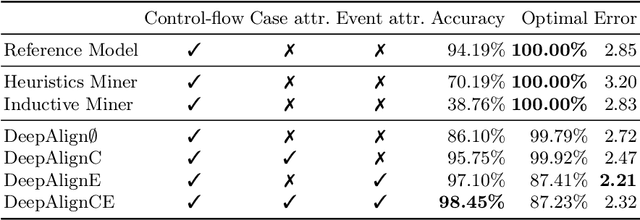Nils Thoma
RECOWNs: Probabilistic Circuits for Trustworthy Time Series Forecasting
Jun 08, 2021



Abstract:Time series forecasting is a relevant task that is performed in several real-world scenarios such as product sales analysis and prediction of energy demand. Given their accuracy performance, currently, Recurrent Neural Networks (RNNs) are the models of choice for this task. Despite their success in time series forecasting, less attention has been paid to make the RNNs trustworthy. For example, RNNs can not naturally provide an uncertainty measure to their predictions. This could be extremely useful in practice in several cases e.g. to detect when a prediction might be completely wrong due to an unusual pattern in the time series. Whittle Sum-Product Networks (WSPNs), prominent deep tractable probabilistic circuits (PCs) for time series, can assist an RNN with providing meaningful probabilities as uncertainty measure. With this aim, we propose RECOWN, a novel architecture that employs RNNs and a discriminant variant of WSPNs called Conditional WSPNs (CWSPNs). We also formulate a Log-Likelihood Ratio Score as better estimation of uncertainty that is tailored to time series and Whittle likelihoods. In our experiments, we show that RECOWNs are accurate and trustworthy time series predictors, able to "know when they do not know".
DeepAlign: Alignment-based Process Anomaly Correction using Recurrent Neural Networks
Nov 29, 2019



Abstract:In this paper, we propose DeepAlign, a novel approach to multi-perspective process anomaly correction, based on recurrent neural networks and bidirectional beam search. At the core of the DeepAlign algorithm are two recurrent neural networks trained to predict the next event. One is reading sequences of process executions from left to right, while the other is reading the sequences from right to left. By combining the predictive capabilities of both neural networks, we show that it is possible to calculate sequence alignments, which are used to detect and correct anomalies. DeepAlign utilizes the case-level and event-level attributes to closely model the decisions within a process. We evaluate the performance of our approach on an elaborate data corpus of 30 realistic synthetic event logs and compare it to three state-of-the-art conformance checking methods. DeepAlign produces better corrections than the rest of the field reaching an overall accuracy of 98.45% across all datasets, whereas the best comparable state-of-the-art method reaches 70.19%.
 Add to Chrome
Add to Chrome Add to Firefox
Add to Firefox Add to Edge
Add to Edge